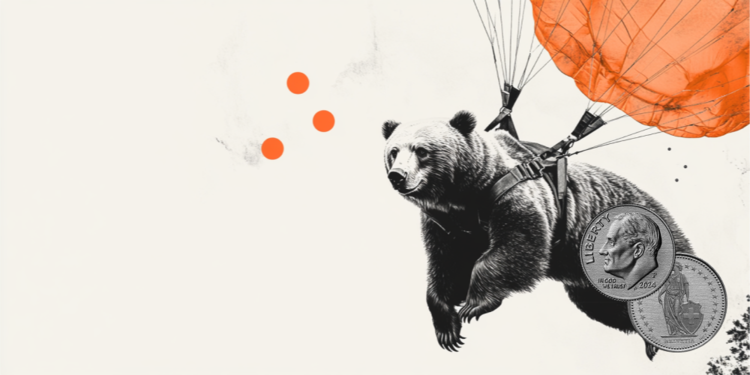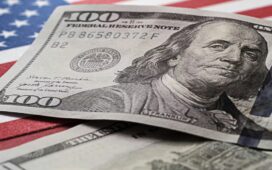The USD/CHF pair falls to near 0.8000 during the late Asian trading session on Wednesday. The Swiss Franc pair faces selling pressure as the US Dollar (USD) extends its downside, following comments from Federal Reserve (Fed) officials signaling the need for more interest rate cuts.
During the press time, the US Dollar Index (DXY), which tracks the Greenback’s value against six major currencies, trades 0.15% lower to near 98.85.
On Tuesday, Fed Chair Jerome Powell expressed that the central bank would need to adopt a delicate balancing approach in upcoming policy meetings amid steady growth, with increasing challenges across employment and inflation. “Data before the US government shutdown suggested growth may be better than expected, but right now there is no risk-free path for monetary policy,” Powell said.
Fed’s Powell didn’t discuss reducing interest rates further this year, while Fed Governor Michelle Bowman and Boston President Susan Collins explicitly argued in favor of reducing interest rates in the remaining year.
Meanwhile, US President Donald Trump has announced that he will permanently shut down Democrats’ programs and will unveil the list on Friday.
In Switzerland, cooling price pressures are boosting expectations for the Swiss National Bank (SNB), pushing interest rates into a negative territory. On Tuesday, the data showed that Producer and Import Prices dropped by 0.2% on a month in September. Economists expected inflation at the wholesale level to have grown at a similar pace. However, the pace of decline was slower than 0.6% in August.
US Dollar FAQs
The US Dollar (USD) is the official currency of the United States of America, and the ‘de facto’ currency of a significant number of other countries where it is found in circulation alongside local notes. It is the most heavily traded currency in the world, accounting for over 88% of all global foreign exchange turnover, or an average of $6.6 trillion in transactions per day, according to data from 2022.
Following the second world war, the USD took over from the British Pound as the world’s reserve currency. For most of its history, the US Dollar was backed by Gold, until the Bretton Woods Agreement in 1971 when the Gold Standard went away.
The most important single factor impacting on the value of the US Dollar is monetary policy, which is shaped by the Federal Reserve (Fed). The Fed has two mandates: to achieve price stability (control inflation) and foster full employment. Its primary tool to achieve these two goals is by adjusting interest rates.
When prices are rising too quickly and inflation is above the Fed’s 2% target, the Fed will raise rates, which helps the USD value. When inflation falls below 2% or the Unemployment Rate is too high, the Fed may lower interest rates, which weighs on the Greenback.
In extreme situations, the Federal Reserve can also print more Dollars and enact quantitative easing (QE). QE is the process by which the Fed substantially increases the flow of credit in a stuck financial system.
It is a non-standard policy measure used when credit has dried up because banks will not lend to each other (out of the fear of counterparty default). It is a last resort when simply lowering interest rates is unlikely to achieve the necessary result. It was the Fed’s weapon of choice to combat the credit crunch that occurred during the Great Financial Crisis in 2008. It involves the Fed printing more Dollars and using them to buy US government bonds predominantly from financial institutions. QE usually leads to a weaker US Dollar.
Quantitative tightening (QT) is the reverse process whereby the Federal Reserve stops buying bonds from financial institutions and does not reinvest the principal from the bonds it holds maturing in new purchases. It is usually positive for the US Dollar.





